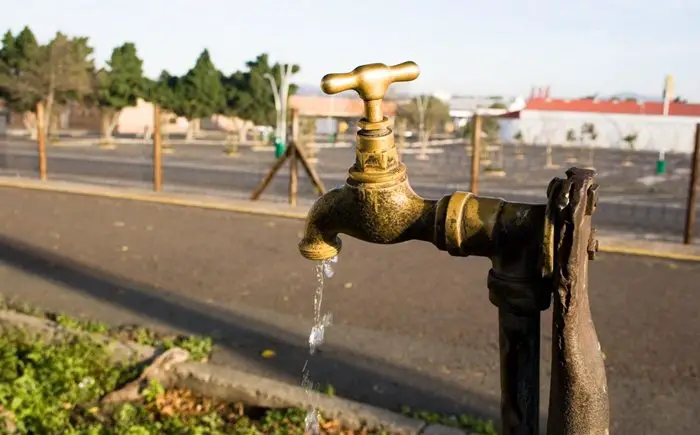The Water and Sanitation Corporation (WASAC) in Rwanda is targeting a three year period to enable the completion of be major projects that will deal with persistent water shortage.
Also read:Rainwater harvesting project in Rwanda picks pace
In addressing the media at the WASAC headquarters in Kigali, the chief executive Mr. James Sano said that in comparison to the year 2000, less than 50% of the population had access to water hence there is cause for celebration on the achievements made over the past 16 years.
According to statistics, 90% of residents in the urban areas have access to water whereas in the rural areas the figure is at 85% for every 500 metres.
The policy is expected to change soon as in reference to the sustainable development goals, there is supposed to be a shift from the number of people who can access water per meter to how many access it in their homes directly. Currently, Kigali has a supply of 90,000 cubic meters of water which is below the required target of 120,000 cubic meters.
The water crisis that has been facing Rwanda in the past two years that prompted a water rationing programme is due to little water supply and low capacity of infrastructure. The infrastructure was originally designed to cater for 350,000 people but the city has since grown to 1.2 million people making the resources as well as infrastructure strained and unable to cater for the large number of people.
There is currently an ongoing project where a pipeline and pump station that is meant to distribute water from Nzove to another pump station is being constructed. A water distribution reservoir is also underway with a 5000 cubic meter capacity. This will enable the increase of production and transportation of water.
Water rationing is however expected to continue in the meantime until the projects are completed and fully implemented.

